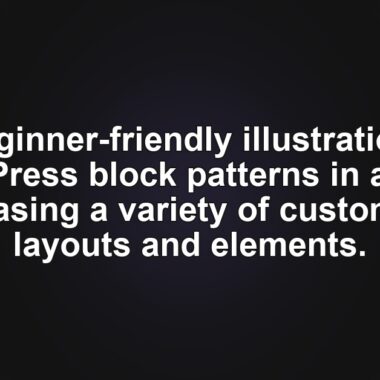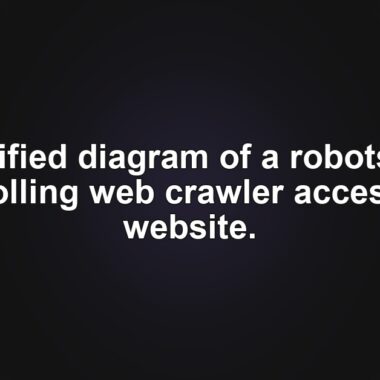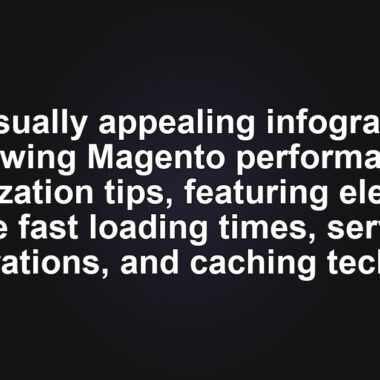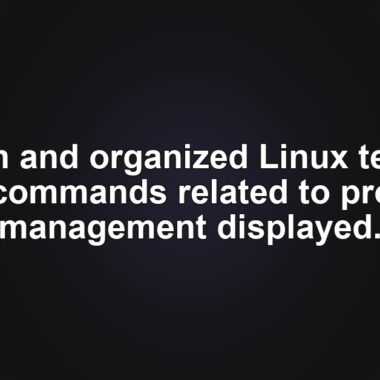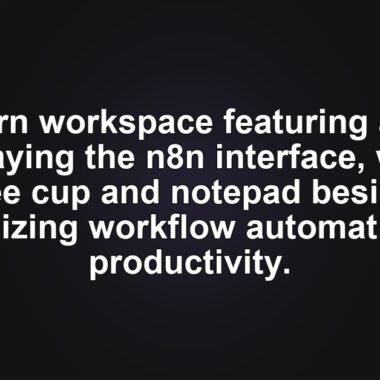Mastering Magento 2: A Comprehensive Guide to Setting Up Your Online Store
Magento 2 is a powerful eCommerce platform known for its flexibility and scalability. It’s the ideal choice for building robust online stores, especially for large-scale enterprises.
Introduction to Magento 2
Magento 2 is a powerful, open-source eCommerce platform known for its flexibility and scalability, making it an ideal choice for large-scale online stores. Compared to its predecessor, Magento 2 offers enhanced performance, a streamlined user experience, and improved code accessibility. This guide will walk you through setting up, managing, and customizing your eCommerce site on a virtual private server (VPS). By the end of this article, you’ll have a solid foundation to launch and grow your online business effectively with Magento 2.
Understanding Magento 2 Architecture
Magento 2 utilizes the Model-View-ViewModel (MVVM) architecture, which is beneficial for separating business logic from the user interface. This separation allows for easier updates and customizations, ensuring operational aspects like promotions or pricing rules can be modified without altering the visual presentation.
- Model: Stores all data-related logic, representing actual data independent of the user interface.
- View: Consists of elements that create the storefront that customers interact with.
- ViewModel: Acts as a middleman between the Model and the View, organizing code better and making the system more modular.
Additionally, Magento 2 is structured into four distinct layers: Presentation, Service, Domain, and Persistence Layers, each playing a unique role in the system’s architecture.
Setting Up Magento 2
There are several methods to get Magento 2 up and running on your server. Here, we’ll demonstrate how to install Magento 2 using a preconfigured VPS template and a manual setup.
Using Hostinger‘s VPS Template
If you purchase a Magento VPS plan from Hostinger, you can easily install Magento 2 with our specialized template. This method simplifies the setup process, as it includes all necessary software and configurations out of the box.
Installing Magento 2 Manually
For those who want more control over their installation, manually setting up Magento 2 is the way to go. This typically involves configuring your web server, setting up a database for Magento, installing PHP and all its required extensions, and downloading Magento in your installation folder.
Magento 2 Storefront
Understanding how your online store looks and functions from a customer’s perspective is crucial. The storefront includes key pages and features that shape the customer’s path to purchase on your site.
- Home Page: The face of your brand, featuring promotions, navigation bars, and potentially featured products.
- Catalog Page: Displays all your products with filters and sorting options.
- Product Page: Includes images, descriptions, pricing details, and an ‘Add to Cart’ button.
- Shopping Cart: Summarizes selected products with total costs and shipping options.
Basics of Using Magento 2
Accessing Your Magento 2 Dashboard
Accessing the Magento 2 admin dashboard is your first step toward managing your online store. This central hub oversees all aspects of your eCommerce operation, from sales data to customer interactions.
Configuring Your Store
Properly configuring your Magento 2 store is crucial to ensure it aligns with your business needs. This includes setting up store details, currency configurations, and contact us options.
Customizing Your Store’s Design
Once you’re done with basic configuration, enhance your storefront to reflect your brand’s identity. Magento 2 allows customization of themes, pages, blocks, widgets, and templates.
Adding Products
Adding products is a central aspect of managing your Magento 2 store. This involves setting up product categories, defining product types, and handling inventory.
Defining Product Categories
Categories in Magento 2 help organize your store’s items into a navigable structure. You can create a hierarchical category structure with a root category and several subcategories.
Creating Product Attributes
Attributes are product characteristics that customers can use to filter and search products. After creating an attribute, you can assign it to attribute sets required for specific types of products.
Setting Up Payment and Shipping
Configuring payment and shipping methods is crucial to ensure your Magento 2 store operates smoothly and meets customer expectations.
Setting Up Payment Methods
Magento 2 supports a variety of payment methods. For example, you can integrate PayPal, bank transfer, and cash-on-delivery options.
Configuring Shipping Methods
Shipping methods in Magento 2 can be configured to offer different rates and options based on the customer’s location, quantity, and package weight.
Advanced Magento 2 Features
Magento Extensions
Extensions in Magento 2 are add-ons that extend the functionality of your store. Recommended extensions include SEO Suite Ultimate, One Step Checkout, and Yotpo Reviews.
API Integration
With API integration, Magento 2 can communicate with external software and services, such as CRM systems, payment gateways, and shipping services.
Multi-Store Setup
Magento 2’s multi-store setup feature enables you to run multiple stores using different URLs while managing them under one unified admin panel.
Performance Optimization
Optimizing a Magento 2 store’s performance involves various techniques that improve the speed and efficiency of the platform, such as caching and JavaScript/CSS optimization.
Security Measurement
Implementing strong security protocols is essential for safeguarding your Magento 2 store against unauthorized access and data breaches.
If you’re ready to take your online store to the next level, consider using Hostinger for a robust and reliable hosting solution tailored for Magento 2.
Conclusion
In this Magento tutorial, we’ve covered everything from setting up your store and adding products to configuring multiple stores. It’s also crucial to recognize the importance of effective caching strategies and robust security measures to enhance and protect your online presence. As you develop and customize your Magento projects, remember to apply these best practices to ensure a robust, efficient, and secure eCommerce environment.
Magento 2 Tutorial FAQ
What Are the Differences Between Magento 1 and Magento 2?
Magento 2 offers significant improvements over Magento 1, including a streamlined checkout process, enhanced security features, and a more user-friendly admin interface.
What Is Magento 2 Used For?
Magento 2 is a versatile eCommerce platform used for creating online stores. It supports extensive customization and multiple store management.
Is Magento 2 Easy to Learn?
Magento 2 is relatively challenging to learn due to its complex architecture and extensive feature set, but with ample resources, beginners can gradually master it.
How Long Does It Take To Learn Magento 2?
The time it takes to learn Magento 2 varies. For beginners, it may take several months, while experienced developers might adapt more quickly.
Starter-Pack HTML
Download website launch checklist
- Magento 2 Architecture
- Setting Up Magento 2
- Magento 2 Storefront
- Basics of Using Magento 2
- Accessing Your Magento 2 Dashboard
- Configuring Your Store
- Customizing Your Store’s Design
- Adding Products
- Setting Up Payment and Shipping
- Advanced Magento 2 Features
- Magento Extensions
- API Integration
- Multi-Store Setup
- Performance Optimization
- Security Measurement
- Magento 2 Tutorial FAQ
- What Are the Differences Between Magento 1 and Magento 2?
- What Is Magento 2 Used For?
- Is Magento 2 Easy to Learn?
- How Long Does It Take To Learn Magento 2?
👉 Start your website with Hostinger – get fast, secure hosting here 👈
🔗 Read more from MinimaDesk:
- How to Disable xmlrpc.php in WordPress: A Step-by-Step Guide
- Mastering the WP-Content Directory in WordPress
- The Ultimate Guide to WP-Content: Access, Upload, and Hide Your WordPress Directory
- Mastering WordPress RSS Feeds: A Beginner’s Guide
🎁 Download free premium WordPress tools from our Starter Tools page.

